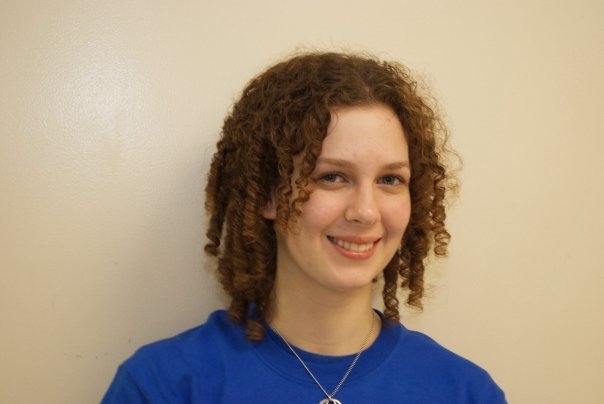Natalie Morris
Major: Computer Science and Physics Year: Junior Hometown: Blue Bell, PA
Project title: "Attitude Control of a Lunar Lander Test Platform"
Type of Support: SURF
When did you become involved in undergraduate research at CMU? I became involved with this project early in the spring of 2010, when I connected with the master's student in charge of the project, Justin Moidel. Our project is a small part of a larger effort to send a robot to the moon by 2012. One of the biggest challenges in this project is designing a lunar lander that will safely deposit a robot on the surface of the moon. This summer, our goal was to test and evaluate sensing and navigation equipment on a lander test bed, and to develop preliminary control software for the test bed.
How did you find your mentor? My advisor is Professor William (Red) Whittaker, the head of the LunarX project. I was lucky enough to be introduced to him by Justin, who is one of Prof. Whittaker's master's students.
How has your idea/project evolved through the academic years? The "test bed" is essentially an aluminum sheet with a computer, a boatload of sensors, and thrusters powered by pressurized air. Initially we were going to add additional, larger thrusters and attempt descent control with some sort of gravity offload system. However, that is a very tricky thing to incorporate with attitude control, so eventually we settled on the goal of controlling only the attitude, or orientation, of the test bed.
What successes or difficulties have you encountered in this project or others? My initial project was to write the code for an attitude controller, a small but tricky part of the software system that is responsible for correcting the orientation of the lander test bed. I thought that sounded straightforward enough, but of course I had no idea. I've since had a crash course in control theory and systems engineering as well as learning about electronics and pneumatics. It was actually a lot of fun! There were half a dozen other people working on this project, including a few undergraduates writing other portions of the software. It is very difficult to integrate a software system with so many components written by so many different people! We spent a lot more time debugging the sensing and control code than we had anticipated, but a week before the end of the program we finally had a successful test!
If you could summarize your experience in one word, what would it be? Incredible!